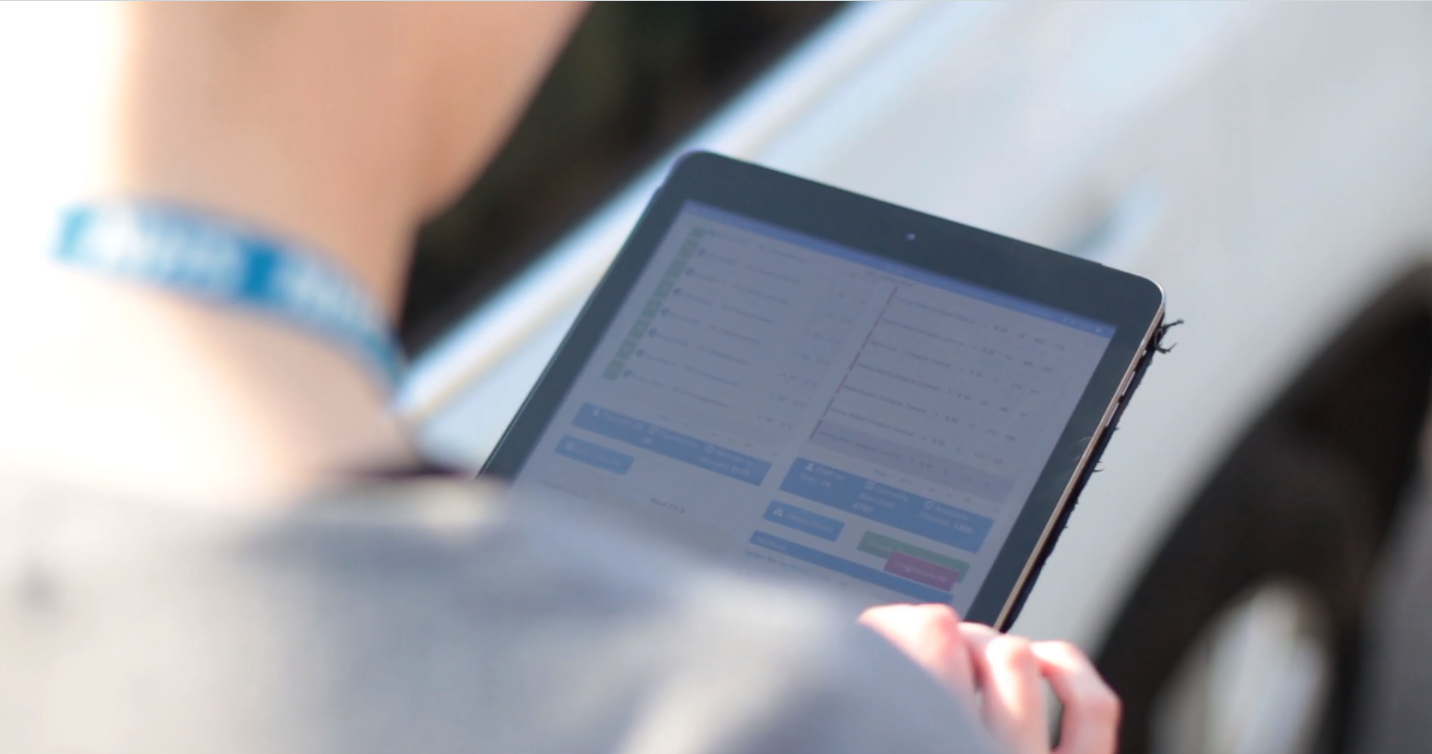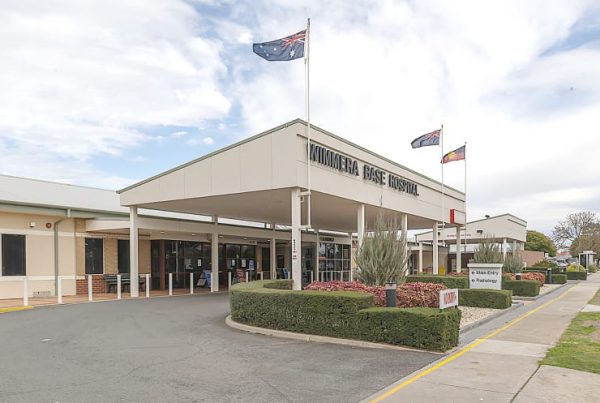According to a new McKinsey Global Survey of executives, COVID-19 has accelerated many organisations’ technological uptakes by several years within the space of months, with many of the changes expected to be long lasting, or are being invested to ensure they will stick.
The 2021 Federal Budget seems to have picked up this trend and has put $1.2 billion towards a new digital economic strategy that aims at investing in emerging technologies, building digital skills and enhancing service delivery, all focuses on helping Australia become a leading digital economy by 2030.
The two big-ticket items are the $200 million going towards the myGov platform to give Australians a single, personalised view of all of their interactions; and over $300 million funding going into the My Health Record to add support for COVID-19 testing and vaccinations, as well as connect the e-health record to residential aged care facilities. Other initiatives include $100 million to support digital skills; $12.7 million to help small and medium businesses build digital capability; $10 million over four years for a regulatory technology solution that assists employers to interpret and comply with modern awards.
Health and care organisations were among those who had accelerated their adoption of digital technologies in record speed. The rapid uptake of telehealth was a great example on how healthcare organisations and professionals respond to the care needs quickly and effectively through the crisis.
We had the pleasure to speak to Renzo Mostacci, CIO at Uniting NSW, and Kate Nolan, CIO at Ballarat Health Services and Grampians Rural Health Alliance, recently at People Summit Australia to find out how the COVID-19 pandemic has intensified the need for rapid change in the use of technology in their health and care organisations. The session gave delegates a great insight into each organization and how their processes and infrastructures were changed and adapted throughout their response to the COVID-19 pandemic. The panel discussed three main questions and shared the experiences of their own organisations throughout the past year.
‘What are some of the technology initiatives driven by COVID-19?’
Renzo stated that leading up to COVID-19, their organisation like many others, was confronted by fire and flood. Those crisis situations have driven a lot of their technology capabilities, so when the pandemic hit, it was more about being quick and agile to leverage their existing technology.
One of the initiatives they did during the pandemic was remotely rolling out the screening apps to all their residential aged care facilities, and making those data available almost in real-time due to the sensitivity and the vulnerability of the locations. The team was then able to analyse the data and use those new and often surprising discoveries to help improve the efficiency of their operations.
‘What is your experience rolling out technology during the pandemic?’
Both Kate and Renzo shared that because of the existing technology project in their organisations they were unexpectedly ready for the pandemic. For them it was more about maximising their existing infrastructure and technology for a faster and more extensive roll-out rather than having to introduce completely new technology.
Kate in particular thinks it was more of change management rather than technology, and stressed teamwork and strong values really came into play in her experience. She was very impressed by how quickly people can pivot to different role and different responsibilities, and felt like they have moved more in 6 days than in 6 years in a lot of areas. It was obvious to her the benefits of working together and how things can be done so much quickly when we are united with a common goal. The dedication and flexibility shown by their staff, and the support from their patients and families was also very heartening to her.
‘How has the technology roadmap at your organisation changed now? And what is your future focus?’
For Kate, the experience throughout the pandemic has informed the future technology roadmap at Ballarat and the Grampians to focus on ‘at home strategy’, both for providing care at home and supporting staff to work remotely necessary; as well as the need for unified communications to keep both staff and patients informed for any critical information.
For Renzo, the past year has certainly prompted the team at Uniting NSW to reimagine their service delivery and look at possibility of how things can be done differently. Changes made last year have proved that clients’ mindsets were changing, and data showed that some of these changes were more beneficial to their clients than they expected; all of these had and will continue to inform their future focus.




